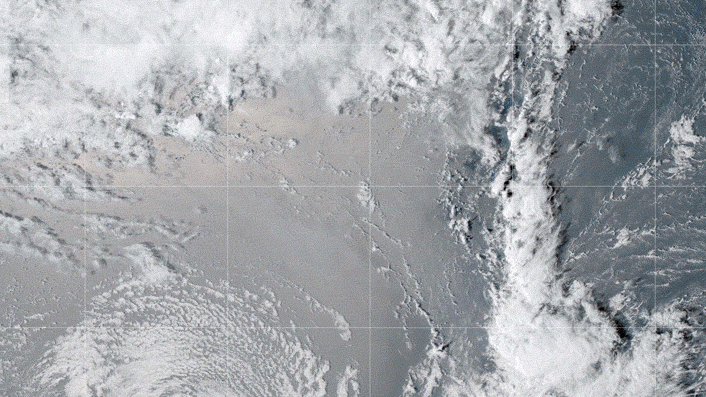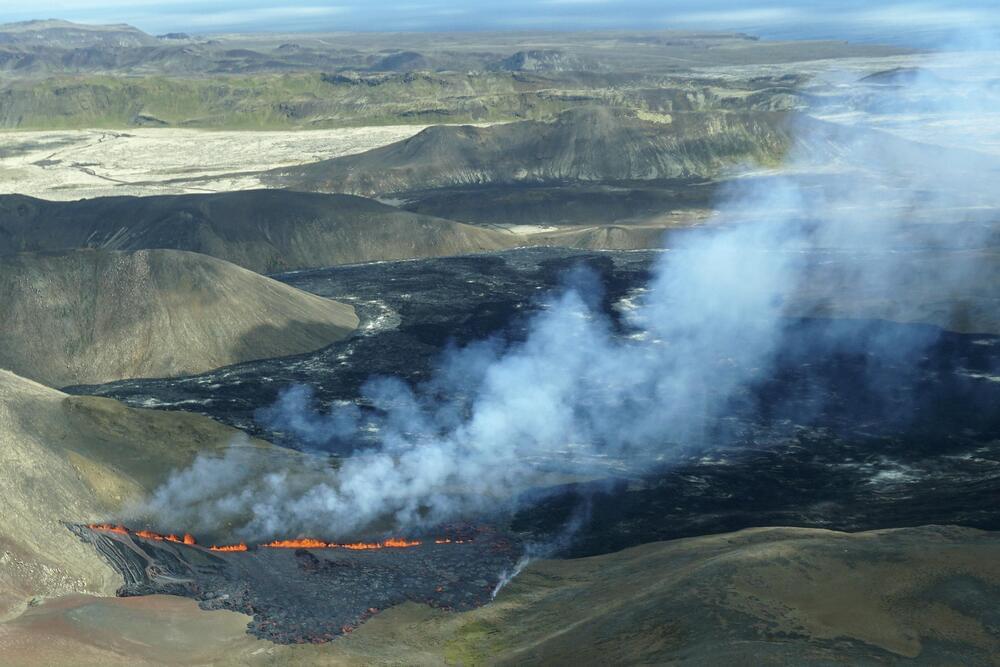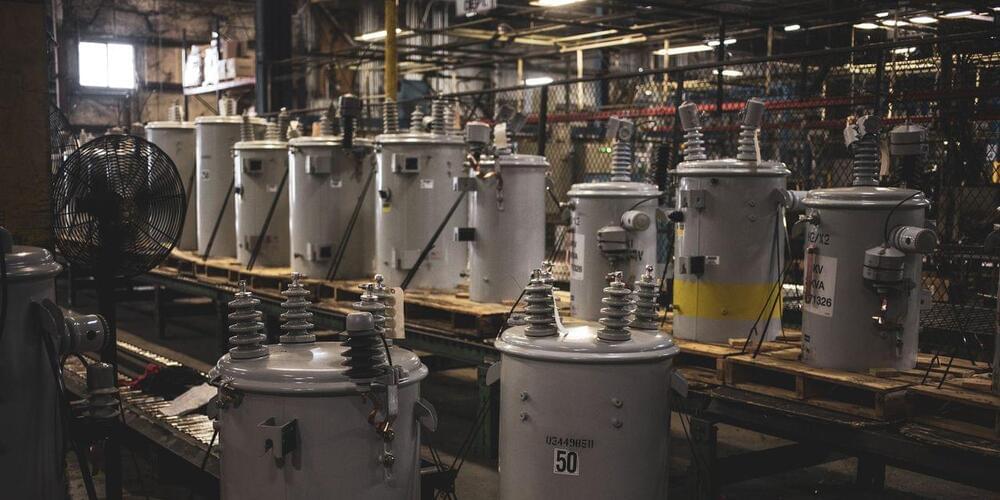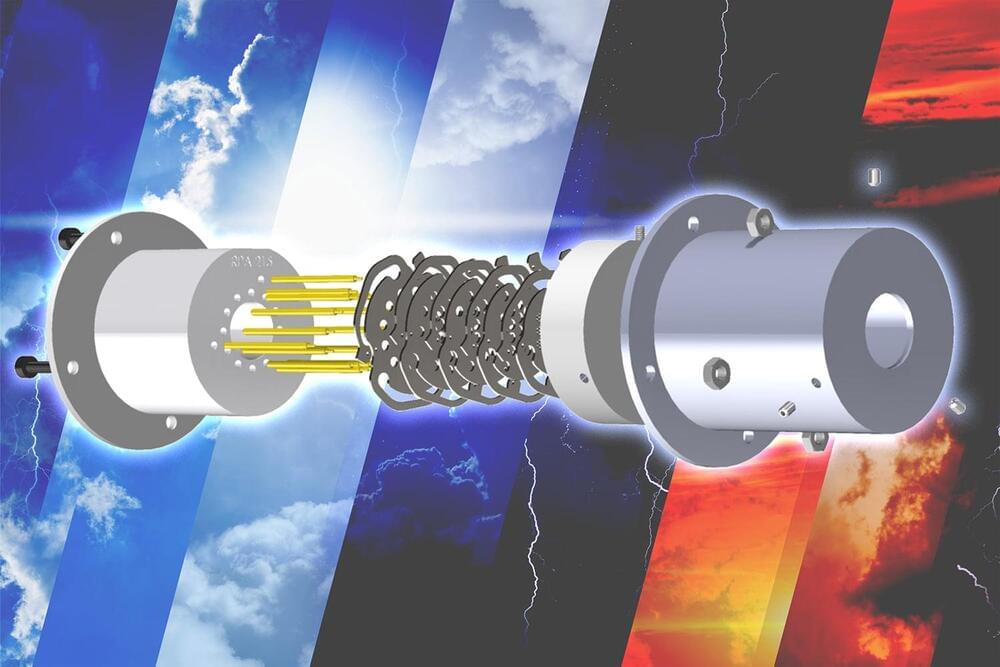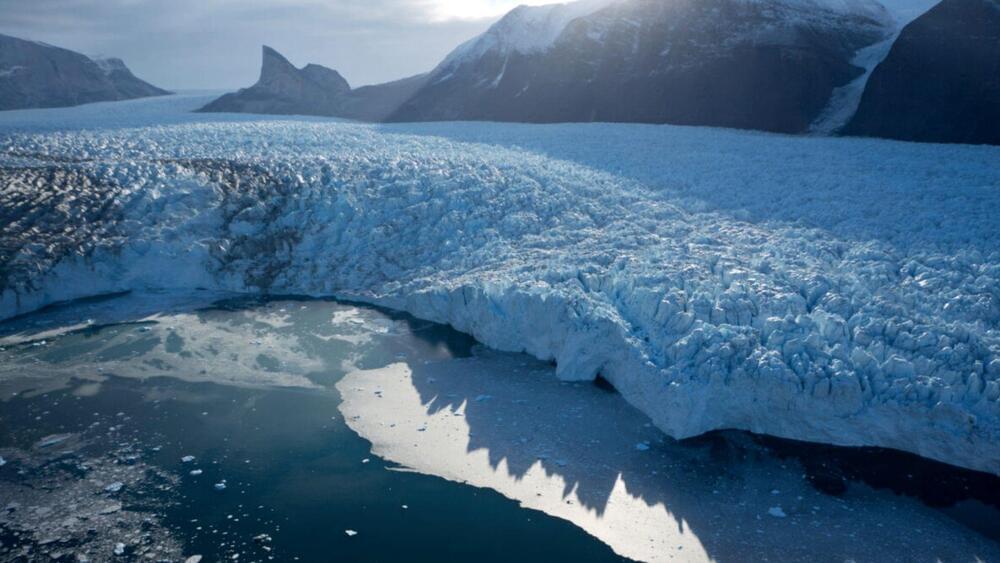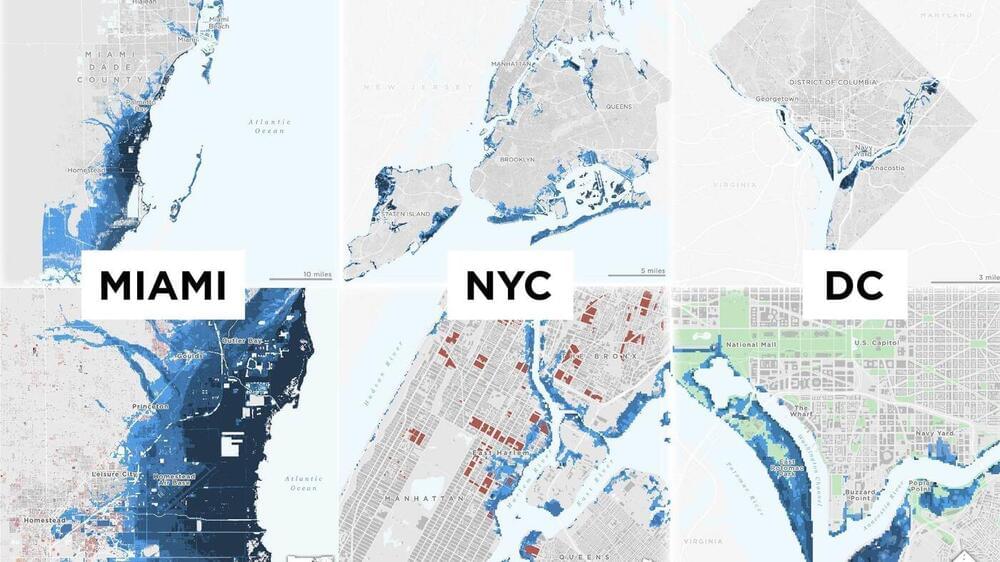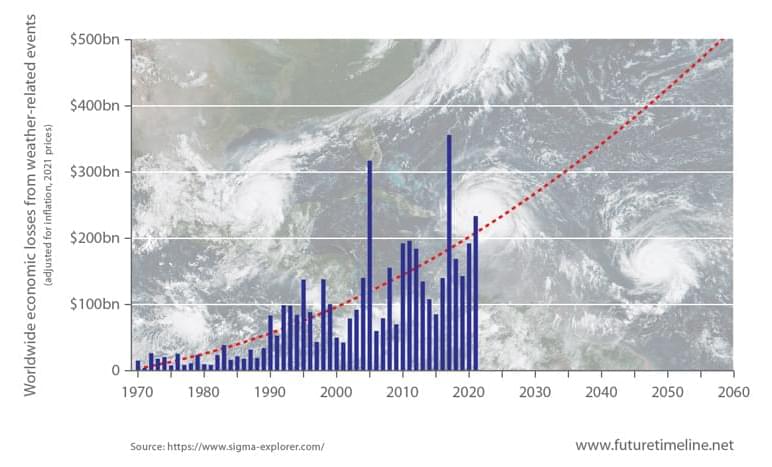Bill Gates-founded Breakthrough Energy Ventures co-led a $44 million funding round for a startup that aims to accelerate solar far construction.
Breakthrough Energy Ventures, a climate change solution-focused VC firm backed by the likes of Bill Gates, has joined a $44 million backing of solar startup Terabase Energy, a press statement reveals.
The VC firm co-led the Terabase deal alongside investor Prelude Ventures, and is known for its backing of Amp Robotics and Lime. The round brings Terabase Energy’s total funding to $52 million.
According to the company’s co-founder and CEO, Matt Campbell, Terabase Energy’s goal is to build “terawatt scale” solar farms using robots.
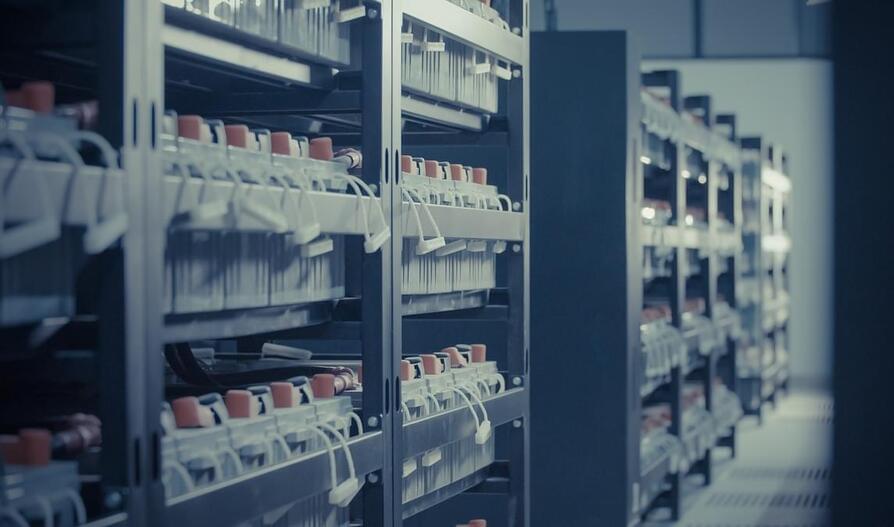
 עברית (Hebrew)
עברית (Hebrew)